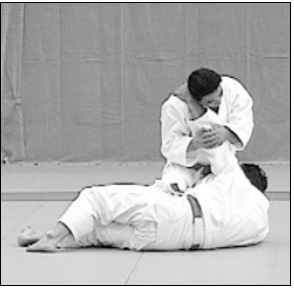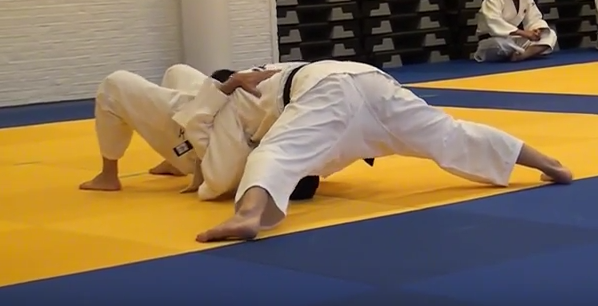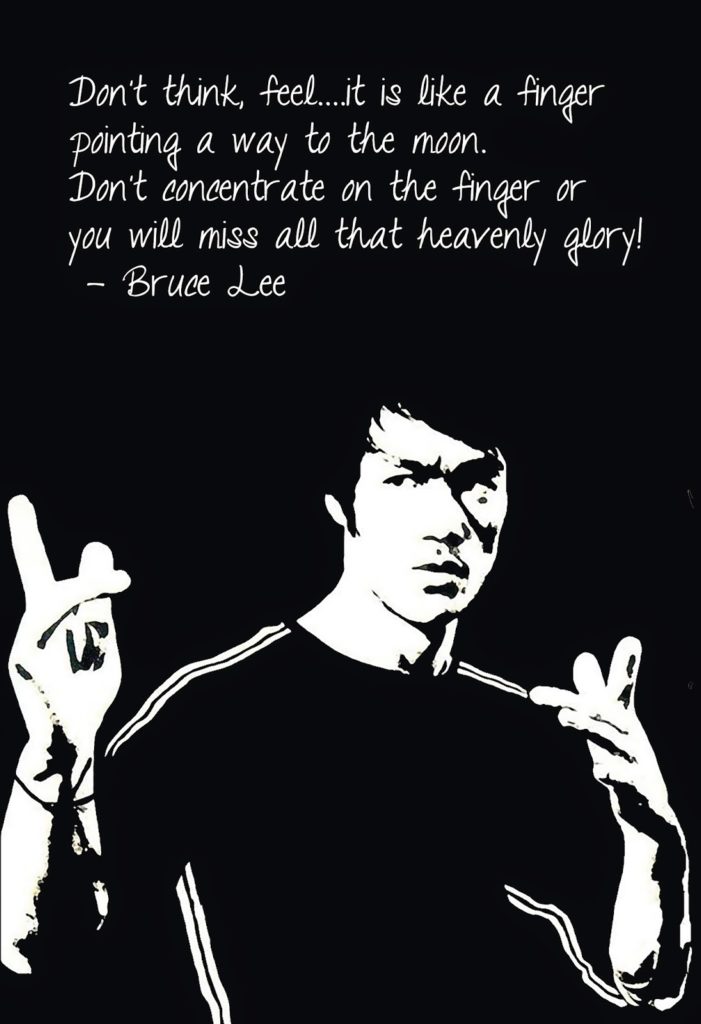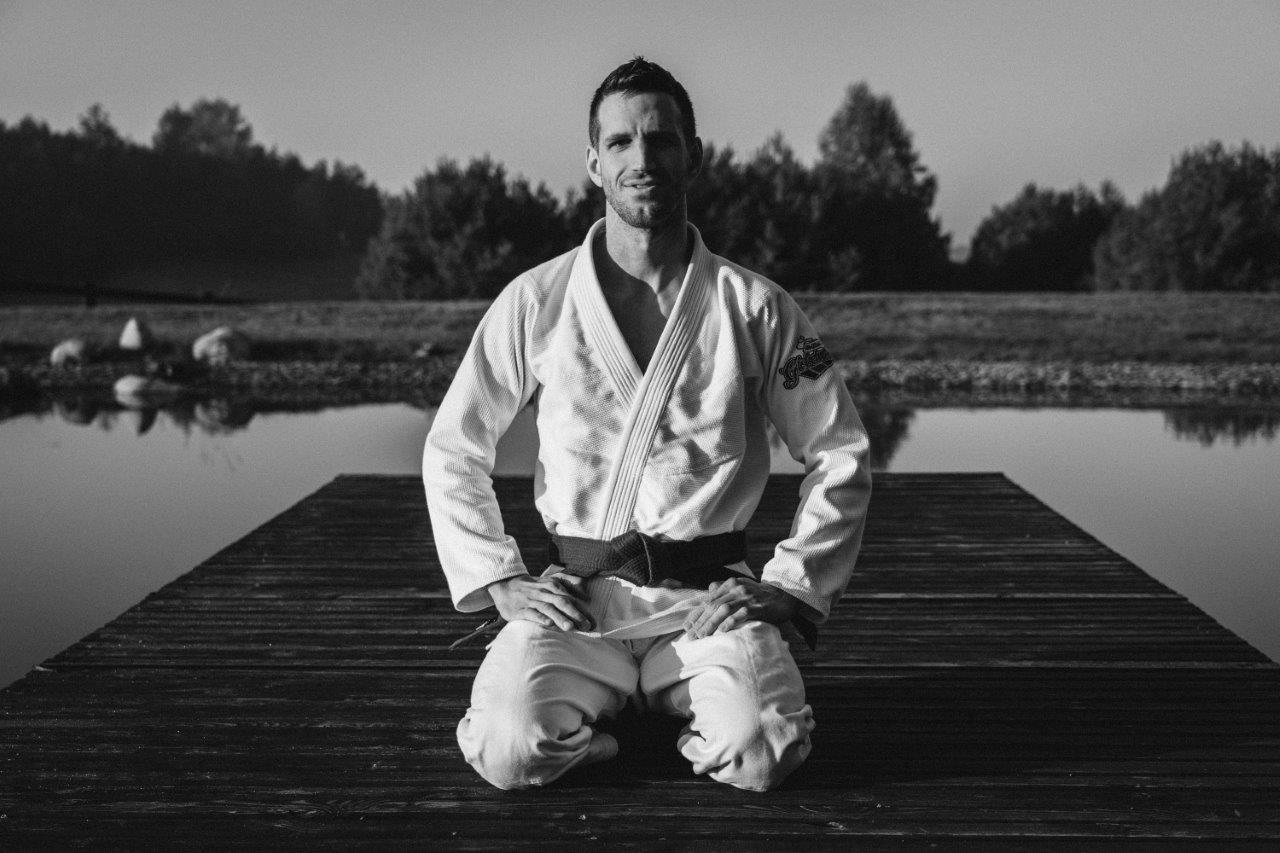A Different Perspective on Katame-no-Kata
Blog van Sebastiaan Fransen 5e dan judo
https://www.spfransen.nl/een-andere-kijk-op-katame-no-kata/
For the past two years, I’ve enjoyed training in Brazilian Jiu-Jitsu (BJJ). It’s challenging and provides fresh insights. A particularly helpful resource has been Mastering the 21 Immutable Principles of Brazilian Jiu-Jitsu by Paulo Guillobel, which presents intriguing concepts applicable to katame-no-kata.
It is difficult to understand the universe if you only study one planet.
— Miyamoto Musashi
One compelling principle from Guillobel is “The 7 P’s of Guard Passing,” which I’ve applied to katame-no-kata to yield new perspectives. This approach can help judoka meaningfully explore this kata.
Note: A model simplifies reality; it’s not absolute truth but rather a useful lens for examining katame-no-kata.
“The 7 P’s of Guard Passing”
In judo terms, the “guard” position is when uke lies on their back with tori between their legs. From here, tori aims to pass into a more controlling position. Guillobel identifies these 7 key concepts:
- Position
- Posture
- Pressure
- Persistence
- Patience
- Proper Balance
- Precision
While Guillobel explains these from a BJJ viewpoint, I will adapt the most relevant ones to the context of katame-no-kata.
Katame-no-Kata Explained
Briefly, katame-no-kata teaches principles of groundwork control. It includes three sets: osae-waza (pins), shime-waza (chokes), and kansetsu-waza (joint locks). Tori demonstrates controlled application, while uke attempts escapes. Tori then anticipates and counters these escapes by adjusting angles or lowering their center of gravity.
Initially, I struggled to appreciate katame-no-kata until I saw a dynamic performance by Japanese champions, vividly illustrating these principles in action.
Position (Angle)
Position, or angle, greatly influences control. Optimal angles enhance control without excessive force. For instance, in ude-hishigi-jūji-gatame, it’s essential for tori to be perpendicular to uke. Similarly, kesa-gatame relies on precise positioning to prevent uke’s arm lock escape.
Rather than brute strength, tori should focus on optimal positioning, embodying judo’s principle of seiryoku zen’yō (maximum efficiency with minimal effort).
Always assess your positioning—can it be improved for greater control?

Posture
Correct posture is critical for strength and stability. Maintaining the spine’s natural curvature enhances balance and power. For example, in ude-hishigi-ude-gatame, tori’s strong posture ensures resistance to uke’s attempts to destabilize.
Simultaneously, disrupting uke’s posture is key. Effective chokes (hadaka-jime, okuri-eri-jime, kata-ha-jime) demonstrate breaking uke’s posture, making escape nearly impossible.
Maintain strong posture while disrupting uke’s alignment.
Pressure
Effective ne-waza relies heavily on applying optimal pressure. Leveraging body weight and gravity helps immobilize uke efficiently. A perfect example is the final stage of kami-shiho-gatame, where consistent pressure prevents uke’s escape attempts.
Additionally, speed and timely responses maintain mental pressure, limiting uke’s options and weakening resistance.
Focus on using gravitational pressure rather than muscular force.
Patience
Patience ensures timely reactions. Premature actions hinder uke’s demonstration of escape, diminishing kata’s educational value. Conversely, delayed reactions result in lost control.
Effective anticipation balances patience with precision. In kami-shiho-gatame, waiting for the optimal moment to counter uke’s feint ensures control without unnecessary effort.
Find your optimal timing to embody seiryoku zen’yō effectively.
Final Reflections
More concepts can further enrich katame-no-kata study, including Guillobel’s other principles and breathwork experimentation. Many judoka breathe incorrectly when applying pressure.
Furthermore, there is speculation Jigorō Kanō embedded deeper concepts into the kata (see my earlier blog Movement in Katame-no-Kata).
Another perspective involves training persistence—not only physical endurance but mental resilience, as tori consistently counters multiple escape attempts.
However you approach katame-no-kata, I hope it remains engaging and insightful. Remember Bruce Lee’s wisdom:
“Don’t think, feel… it’s like a finger pointing at the moon. Don’t concentrate on the finger or you will miss all that heavenly glory.” Bruce Lee



